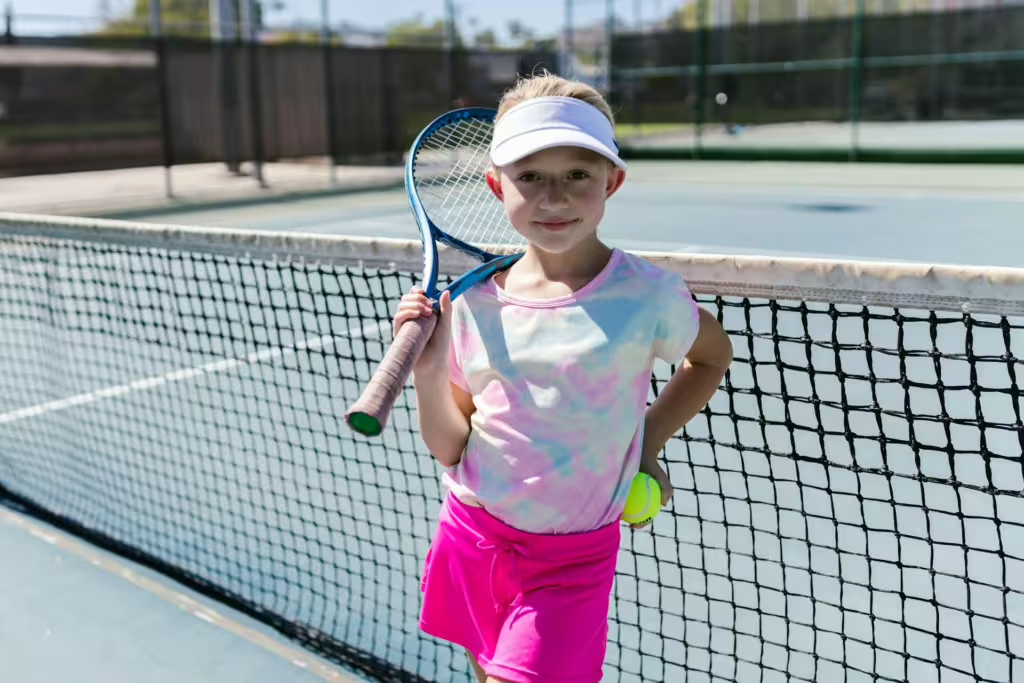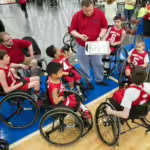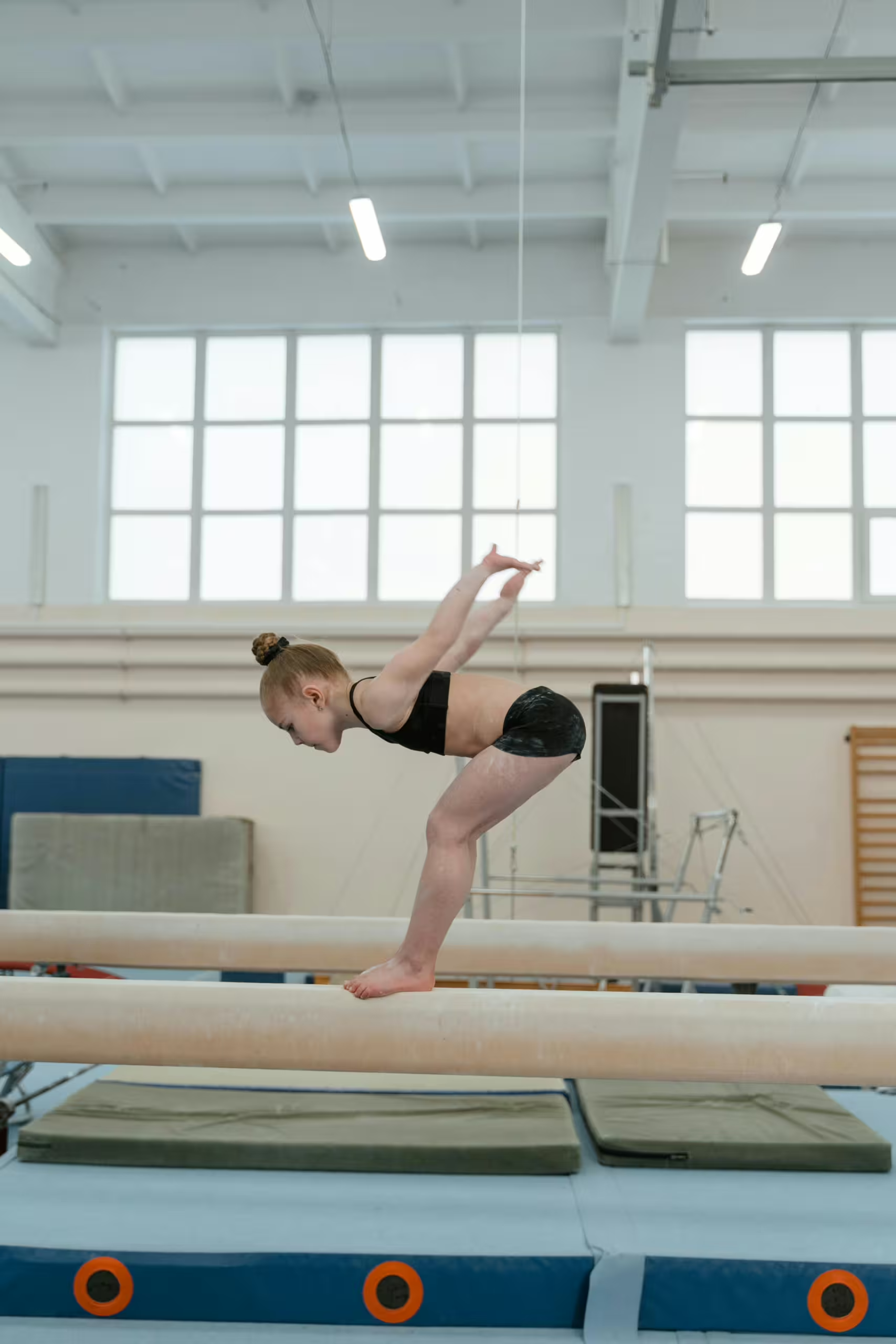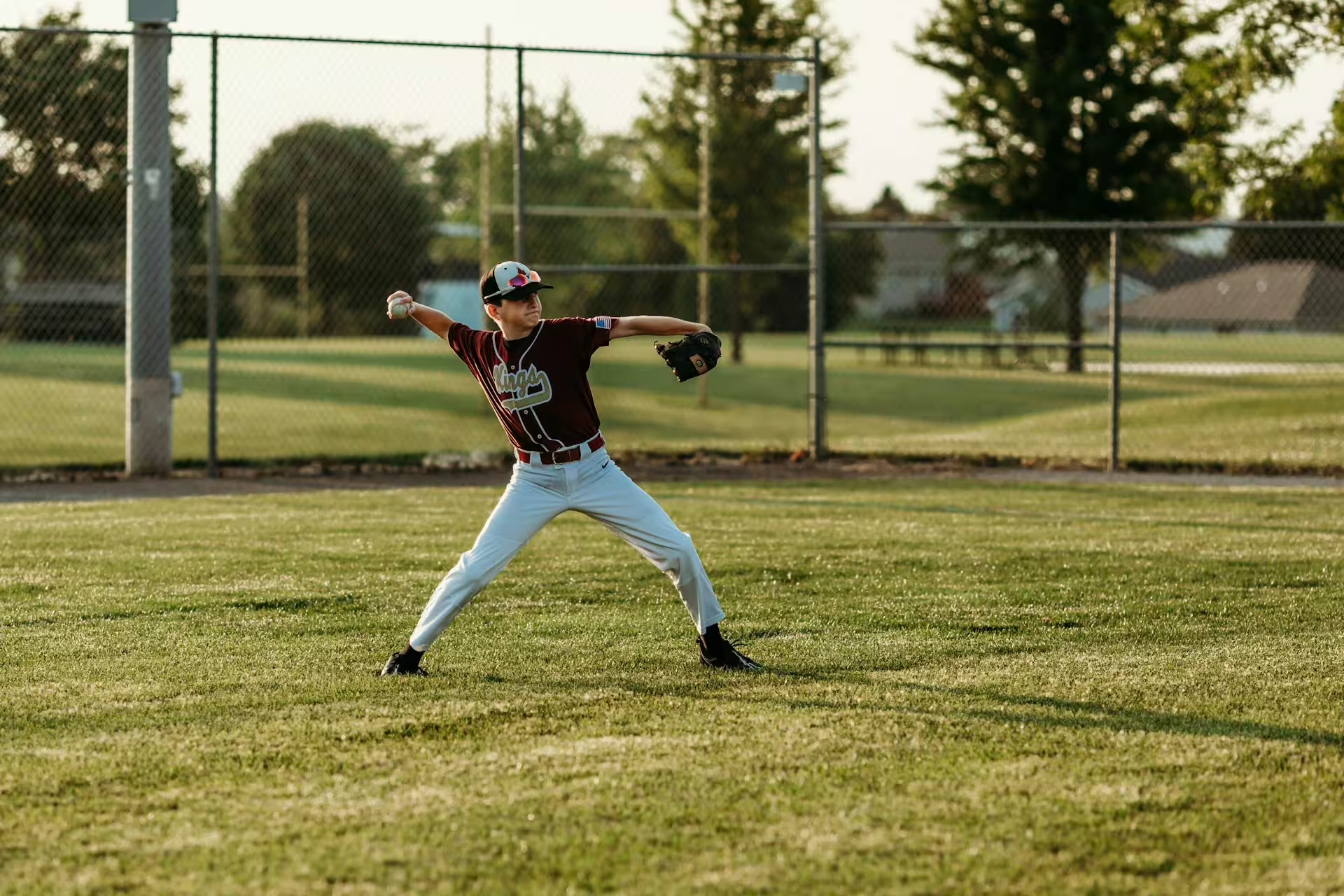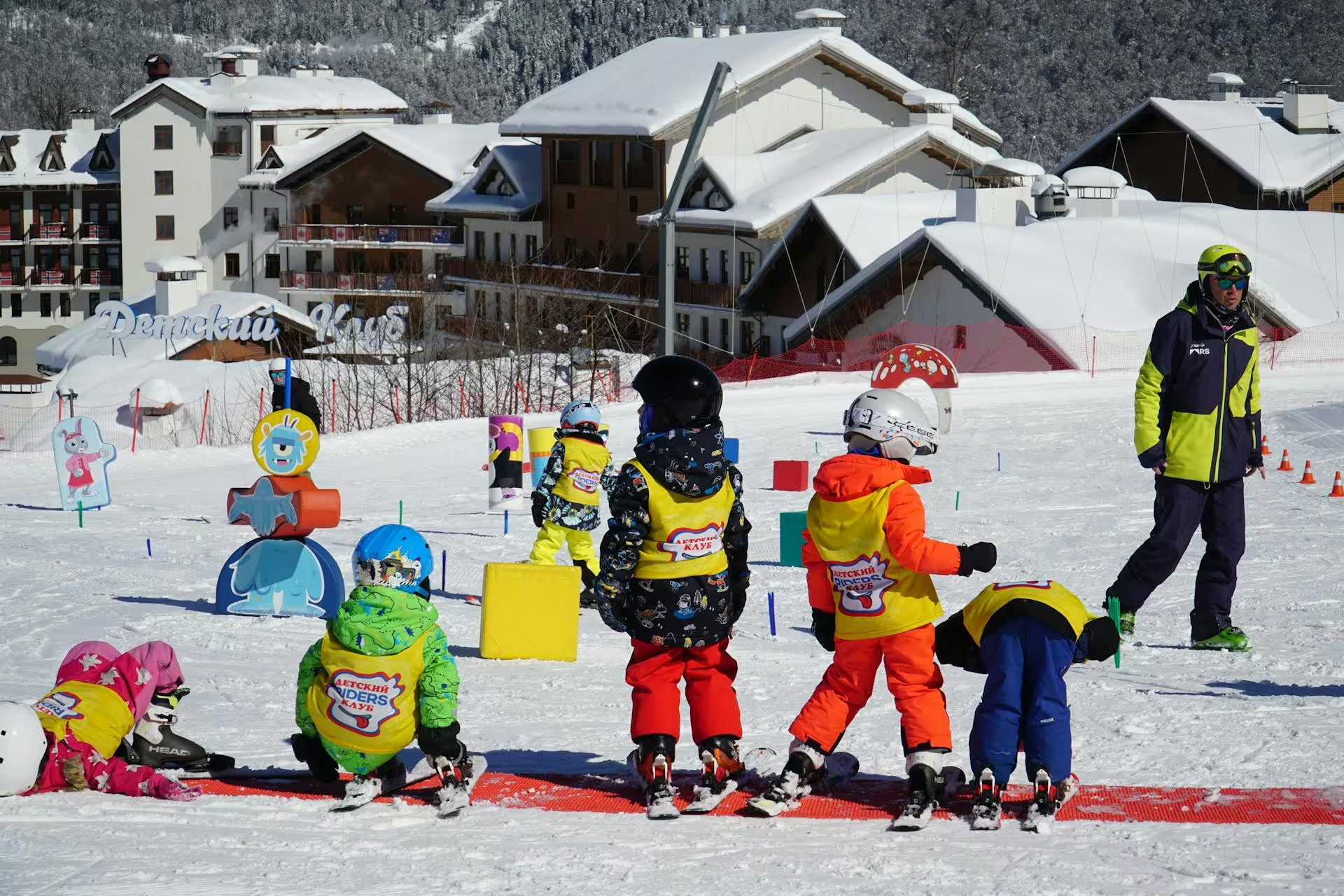Tennis can be a very exciting sport for kids, even if it seems like it might be a bit more skill-intensive than your average baseball, soccer, or basketball game. When children have a drive to play though, and the know-how to do so, they will find an exciting sport that offers them a perfect way to stay active, build confidence, and develop lifelong skills. The trick is, how do we as parents help them develop the techniques they need to succeed from a young age?
Getting a young athlete to where they need and want to be on the tennis court can be a challenge. There is no denying that it can be tricky for younger players to master, since they are still developing much of their physical and mental coordination. This is why parents play such a crucial role and why our involvement in a child’s tennis career should start when the child is young. Nevertheless, whether your child is just starting out or has been playing for a while, tennis can provide them with valuable lessons in discipline, teamwork, and perseverance.
In this article, we will walk parents through the essential elements that can help their child improve their tennis skills. We will teach parents about how to teach their children the correct grip, the proper footwork, and perhaps most importantly of all, what match etiquette they should adhere to. In short, this guide will make parents tennis experts, so that whether they are playing with them, practicing at home, or cheering from the sidelines, they can help their children achieve success in tennis.
Getting Started: The Right Gear
If your child is going out for tennis, they’re going to need the right gear. Certainly, tennis doesn’t require as much equipment as say, baseball, but it does need a few essentials. Always remember, having the proper gear makes the game more enjoyable for children and can help them avoid injury. Also, choosing the right tennis racquet and shoes is especially pertinent when it comes to younger players, as ill-fitting shoes or heavy racquets will make the sport downright impossible for them to play properly.
Choosing the Right Racquet: Racquets that are either too heavy or too large can cause discomfort and affect your child’s ability to play tennis at all. That’s why, when choosing a racquet, parents should shop around for one that is lightweight and appropriate for their child’s age and skill level. A good rule of thumb is to remember that children under 10, a smaller, lightweight racquet (typically between 19-25 inches) is an ideal choice. Having a properly-sized racquet will help your kid develop a natural swing without straining their muscles.
Proper Tennis Shoes: Kids run around a lot during sports and tennis is no different. This sport requires a lot of side-to-side, forward, and backward movement, so it’s essential that young athletes wear shoes that are explicitly designed for the sport. Tennis shoes don’t just “look right” they are meant to provide support, stability, and cushioning to protect an athlete’s feet and ankles while playing on a variety of surfaces. Parents should try to avoid just having their kids wear running shoes, as opposed to dedicated tennis shoes, as the former are designed for forward motion only. This means they lack the lateral support needed to play tennis properly.
Comfortable Clothing: Playing tennis can get pretty hot, which is why kids should always have lightweight and breathable clothing to wear when they play. This type of clothing will keep your child comfortable during practice and matches, while enabling them to move freely without unnecessary restriction.
The Fundamentals of Tennis: Grip, Stance, and Swing
As haphazard as their movements might seem to the uninitiated, tennis is actually a sport of precision. This is why helping them develop solid technique from the start is so key to ensuring their long-term success. Here are the fundamental elements that every tennis beginner should understand before they hit the court:
Grip
It’s not just the weight of a racquet that matters, it’s the way a child holds the racquet. Having the wrong grip can dramatically affect a tennis player’s shots, especially if that player happens to be young, green, and uncoordinated. This is why it’s important that parents teach their children the proper grip from the beginning. Doing so will make it easier for them to control the ball and develop the skills they need as they advance to higher, more competitive levels of play.
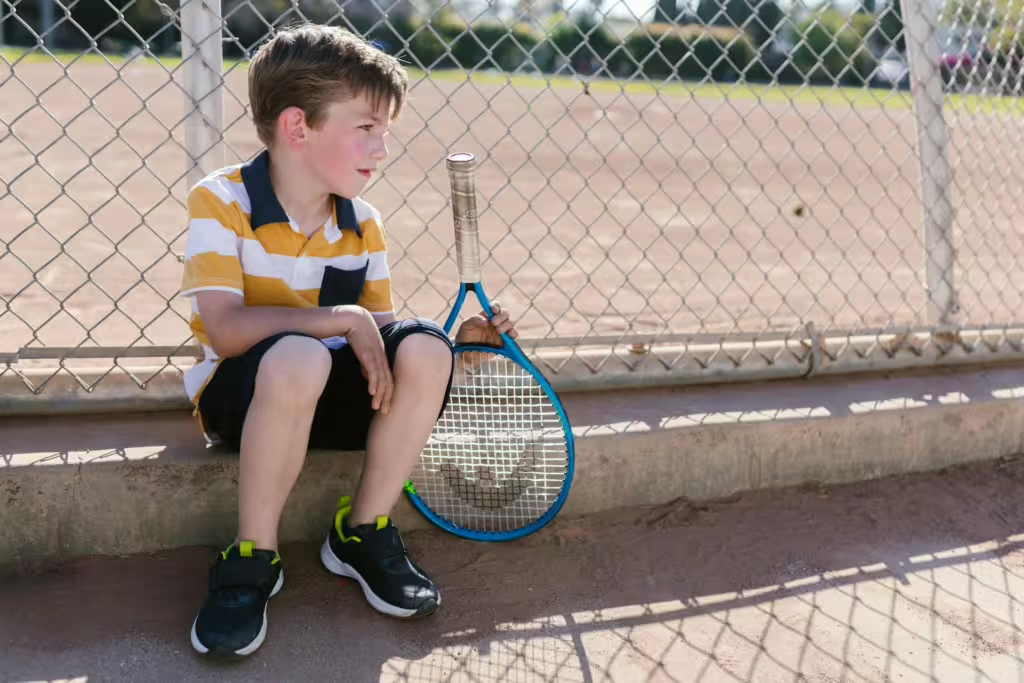
Eastern Grip: The most common grip for beginners is known as the eastern grip. The reason it is so helpful for young players is because it works for both forehand and backhand strokes. To use this grip, the child should place their hand on the racquet handle as if they are shaking hands with it. The base knuckle of the child’s index finger should be placed on the third bevel of the racquet handle, with their thumb wrapped around it. This grip might sound complicated when read aloud, but it is comfortable and allows for a versatile stroke, regardless of skill level.
Continental Grip: The continental grip is a bit more advanced, but that’s why it’s helpful to learn it early on. This grip is most often used for serving and volleying. It can be very helpful for children to master this grip as as they progress. The grip itself holding the racquet as though the player is holding a hammer, with their hand placed on the top bevel of the handle.
As an additional tip, parents should make sure to show their children the importance of holding the racquet firmly but not too tight. Remind your child that a relaxed grip allows for better control and quicker reflexes during the course of a game.
Stance
The correct stance will ensure that your tennis pro in training can move effectively on the court and execute their shots more accurately. Parents can teach their child to maintain a neutral stance with knees slightly bent and their weight evenly distributed on both feet. Remember that a proper tennis stance helps with balance and prepares them for swift movements in any direction.
Ready Position: When your child is not hitting the ball, their default position should be a stance known as “ready position.” This position has them standing with their feet shoulder-width apart, their knees slightly bent, and their racquet directly in front of them. As is to be expected from a game where you play head-to-head with your opponent, their body should also be facing the net, and their weight should be on the balls of their feet. This position allows for much faster reaction times and more efficient movement.
Footwork: We touched on it earlier, but tennis requires a lot of lateral (side-to-side) movement, which can be hard for some kids to wrap their head around. Thus, parents need to encourage their children to practice their footwork by shuffling back and forth across the baseline. One of the most important skills to teach a young player in this regard is something called the split step. This step is actually more like a small jump that a player does just before their opponent hits the ball. There is a purpose to this strange move, however, it allows your child to push off in any direction. In essence, the split step is there to helps kids react faster and move more fluidly during a match.
The Swing
There are three main strokes a young tennis player needs to learn to get started in the sport: the forehand, backhand, and serve. Here’s a breakdown of the basics for each of the main strokes:
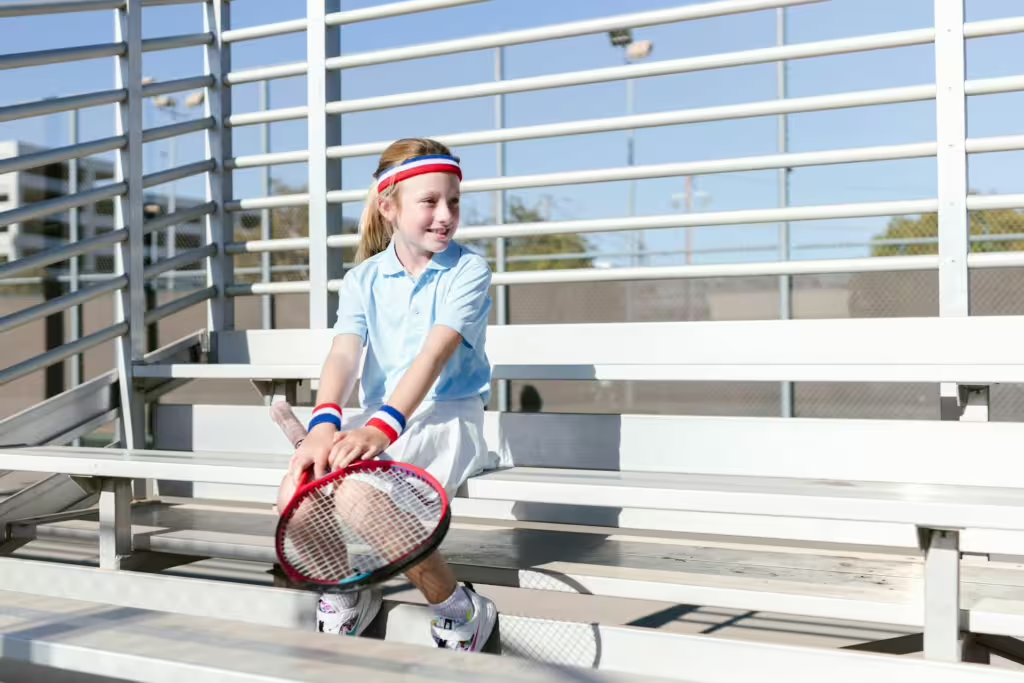
Serve: Players serve the ball to one another at the start of the match. As with in volleyball, this initial volley represents one of the most crucial shots in tennis, as it starts the point. For beginners, the focus should be on teaching the basic mechanics of a serve, starting with a simple underhand serve before progressing to the more challenging, but ultimately more controllable, overhand serve. Whichever serve your child prefers, remind them that a good serve requires good timing and coordination. You and your child need to be patient in learning this swing and practice it into the ground.
Forehand: The forehand is one of the first strokes most players learn and it’s one of the easiest to understand. To execute it, a players should hold the racquet with their dominant hand and swing it forward from low to high. The forehand swing should be smooth, with the racquet face meeting the ball in front of the body. Parents should try to encourage kids to follow through after hitting the ball, keeping their arm relaxed and extending the racquet toward the target.
Backhand: The backhand is a bit trickier for beginners, but it is a powerful stroke. The reason it is so difficult is that it requires using both hands (in most cases) to generate the proper amount of power. Have your child practice hitting backhands with both hands on the racquet. Once they get the basics down, they should rotate their body as they swing, ensuring their non-dominant hand plays an active role in the forcefulness of the swing itself. As your child gets more comfortable and physically stronger, they can learn to use one hand during a backhand swing.
Practicing with Purpose: Drills and Games for Improvement
The key to improvement in the game of tennis is, as with so many sports, practice. They say that practice makes perfect for a reason, but for young children, “perfect” isn’t really the goal; or rather, it shouldn’t be. The reason that consistent practice matters is that it will allow your child to compete with their peers in a way that is fun, meaningful, and enriching. It will also keep them motivated to keep going. Here are a few drills and games that parents can use to help their kids improve their tennis skills while still being fun:
Target Practice: Parents can set up cones or other markers on the court to begin with. Have your child aim for them with their forehand and backhand shots to help them develop accuracy and control over their swings and strikes.
Footwork Drills: Kids can practice side-to-side shuffles, quick steps forward and backward, and even jumping rope to improve their base agility and speed on the court. This will not only help condition their muscles to the movement, it will improve their footwork in a myriad of ways, which is the foundation of effective tennis play.
Mini Matches: Introduce your child to the concept of scoring by playing mini matches with them or with a friend. An easy way to do this is to use a smaller court, and break down the rules so that they don’t feel so overwhelmed right from the start. Playing friendly matches with friends and family helps children to learn the flow of the game, including the rules and sportsmanship.
Sportsmanship and Match Etiquette
Speaking of sportsmanship, parents should endeavor to teach the basics of sportsmanship to their kids even before they get them on the court; this includes, at a minimum, respecting their opponents, their coach, and the game itself.
Respect for Opponents: Parents should always encourage their children to shake hands with their opponent after every match, regardless of the outcome. Teaching them the value of congratulating their opponent on a good shot or game, ultimately reminds them that tennis is a sport of mutual respect. Winning and losing with grace is highly important.
Adhering to the Rules: Tennis has specific rules regarding scoring, serving, and the flow of the game; and all of these need to be adhered to at all times. While these may be difficult for younger players to understand the rules at the start, that doesn’t mean that you should not be consistent in teaching or reteaching them.
Keeping the Joy in Tennis
In the end, the most important thing to keep focus on is that your child is having fun. If they are struggling, with their own skills, the rules, or just getting the basics down; maybe it’s time to pull back. As you do, remind them that improvement takes time, and that becoming the next Venus or Serena Williams will not happen in an afternoon. As always, be supportive of your child’s journey, provide them with plenty of praise for their efforts, and don’t push them too hard.
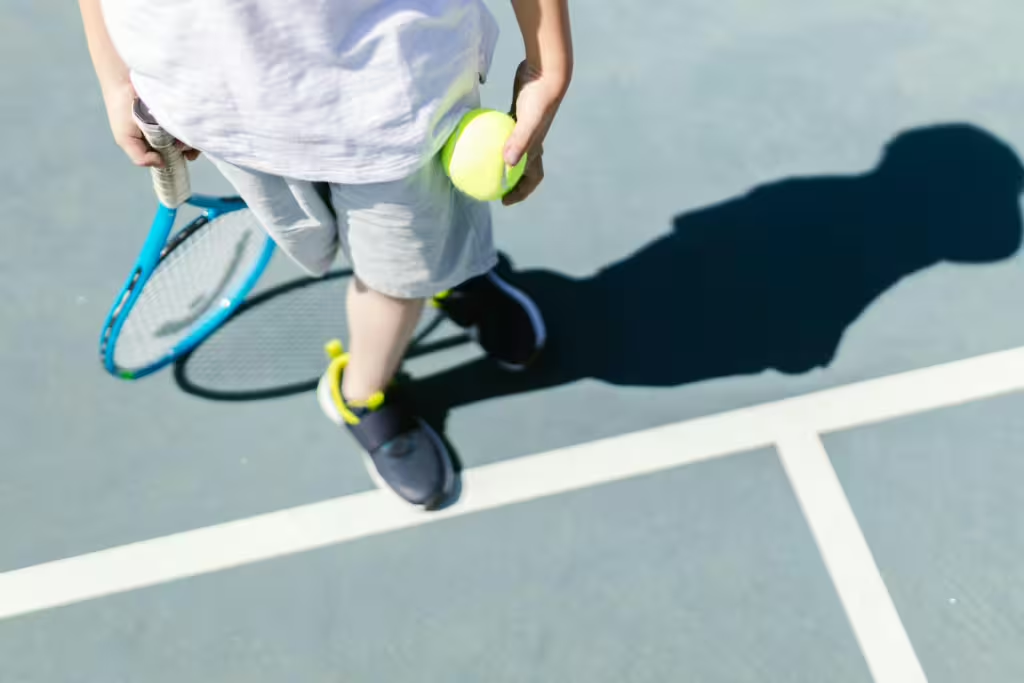
Cultured Athlete Says…
As you can see, tennis can be an incredibly rewarding sport for kids to play. This sport provides numerous physical, mental, and emotional benefits. As a parent, you are an irreplaceable part of your child’s athletic journey and are perfectly placed to help them develop their skills. At the same time, parents can literally equip them for success, teach them tennis fundamentals, and encourage good sportsmanship. Not only will doing these things help foster a love of the game, they are very likely to improve that game, as well as serving them well beyond the bounds of the court.
Discover more from CulturedAthlete
Subscribe to get the latest posts sent to your email.

